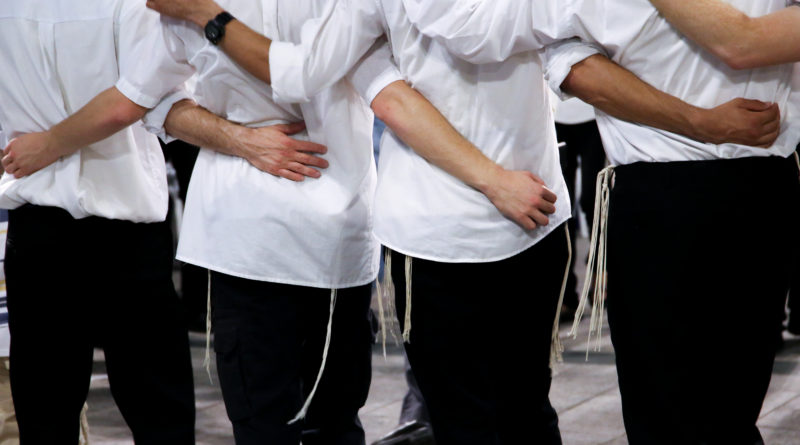What Is Simchat Torah?
1,044 total views, 2 views today
September and October are often crucial times in the Jewish religion. This year, as September transitioned into October, observant Jews celebrated Rosh Hashanah, the first of the two Jewish high holidays. Not long after, the much more somber occasion of Yom Kippur followed. Today, the Jewish holiday of Simchat Torah is drawing to a close.
What is Simchat Torah? Learn all about the holiday below.
Simchat Torah is directly related to another holiday
Outside Israel, Simchat Torah is actually the second day of a longer holiday. The first day is called Shemini Atzeret, and it’s also the eighth and final day of the extended Sukkot holiday (which is celebrated for one day fewer in Israel). Simchat Torah concludes many of the religious affairs that Sukkot and Shemini Atzeret celebrate.
What does Simchat Torah celebrate?
The phrase “Simchat Torah” can be translated as “the rejoicing of the Torah.” It takes place immediately upon the ending of Sukkot, and it centers on the public reading of the Torah. During Simchat Torah, this reading is concluded for the year and begun for the following year.
When is Simchat Torah?
As with the other Jewish holidays, the calendar day on which Simchat Torah falls varies by year. Since the occurrence of Sukkot on the Jewish calendar always begins on 15 Tishrei (the first month of the Jewish year) and Simchat Torah begins the moment that Sukkot’s seven days end, Simchat Torah generally occurs on 22 Tishrei. On the Gregorian calendar on which the vast majority of the world’s countries operate, this means that Simchat Torah ends after nightfall on October 22. Likewise, Shemini Atzeret begins the evening of October 20 and concludes the evening of October 21 right as Simchat Torah begins.
How is Simchat Torah celebrated?
To honor the conclusion of public Torah reading for the year and its beginning for the next year, Simchat Torah takes on a celebratory tone of unabashed joy and excitement. Observance involves singing and the Hakafot procession, which includes the Torah scrolls.
The Hakafot procession occurs during both the morning and evening. For the Hakafot, celebrators visit synagogues, where they march and dance around a Torah reading table with Torah scrolls. Some synagogues also hold a Hakafot procession the night of Shemini Atzeret as the holiday transitions to Simchat Torah.
Since Simchat Torah honors the annual concluding of the Torah, men who celebrate receive an aliyah. In this traditional honor, a man (or sometimes a boy) recites a Torah blessing in front of his synagogue. Upon the conclusion of the final aliyah, a new year of public Torah reading starts. This immediate transition to a new year encourages Jews to find even greater meaning in subsequent, continued Torah readings.
On the nights preceding Simchat Torah, girls and women lead families in lighting candles and reciting Simchat Torah blessings. Festival meals are common during both daytime and nighttime. Cooking is permitted, with the exception of Simchat Torah coinciding with Shabbat. As with Shabbat, almost all work is prohibited during Simchat Torah, as is driving, writing, and using electronic devices.
If you celebrate Simchat Torah, how did you spend the holiday? Share your routine in the comments!

